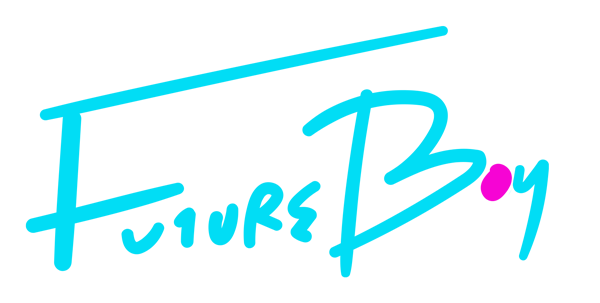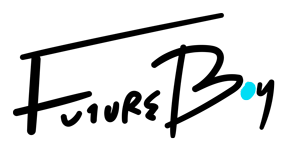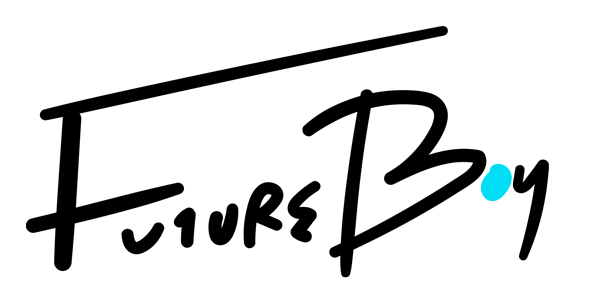The most common issue a designer faces is the idea of too much information. The client approaches the designer to rejuvenate his website or to put together a booklet of his company services and so forth, and will immediately stress all the verbiage that his project must include. If the client provides a service, he will want every single detail of that service to be listed on the homepage. “We must have this,” he will say, “we should have pictures of that,” and so on. After all, any left out information could result in the loss of a customer.
This insecurity is perfectly understandable. Nobody wants to lose business. All too often, however, the “this” and “that” begins to add up. The result is pure clutter, leaving the designer at the bottom of a very steep hill.
It is not easy for a designer to pass judgement on what the client does and does not need. He may not be versed enough in that industry to determine accurately what is important. However the designer is well-versed in his own industry. To that end, it is his task to at least remind the client what the point of design is.
And what is the point?
The point of design is to capture attention. It is to silently whisper into a person’s ear, beckoning him for a few moments of his time to look over the imagery that is being presented to him. Beyond that, design undoubtedly plays a pivotal role in a person’s interaction with material or functionality of the medium, but all of this is secondary to the primary motive. If a design is not visually attractive enough to draw the viewer in, then nothing else matters because no one will see it.
The well-meaning, insecure client does not understand this fact. He wants his information available to the viewer immediately, completely unaware that he is missing the point and doing everything backwards. Too much information will turn the viewer off to the presentation, causing him to move on.
Therefore, all design work must be approached in levels. The first level must capture the attention of the viewer. It must be simple, clean, and direct. Once that attention is captured, the second level can present the viewer more information at a smaller type size, utilizing additional images, etc. The third level will feature even more information and so on. The viewer should feel that it is his choice to learn more (which in fact, it is.)
For the designer to successfully relay this understanding to the client, he must do so by appealing to the client’s core desire: garnering attention towards his business. The designer must clearly and convincingly explain to the client that this will be the best method of drawing viewers (and eventually customers) into the information. And he must remind the client


